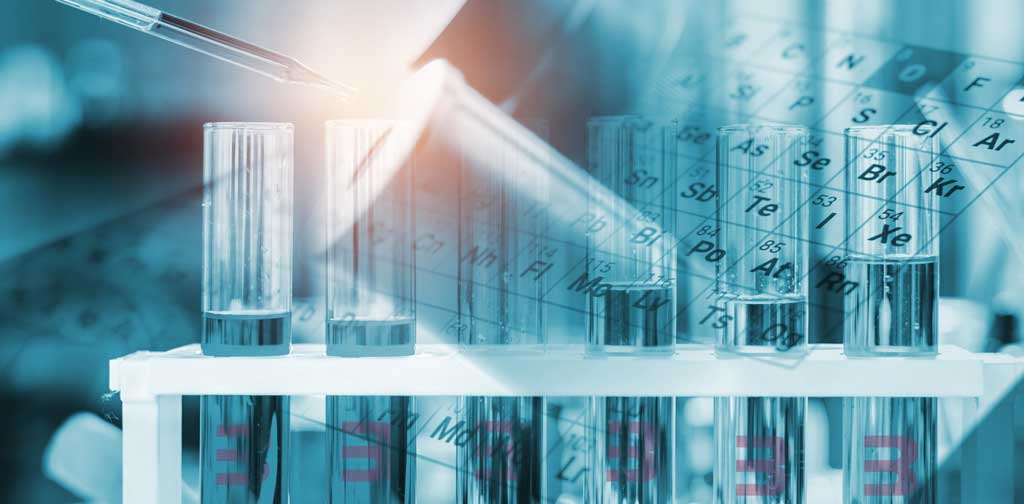Production and Extraction of Bioactive Peptides 4th Cellular Generation
The bioactive peptides of Biocell Ultravital's 4th generation products are crafted using a combinational approach of enzymatic hydrolysis with proteolytic enzymes and fermentation with starter cultures. This approach not only ensures the peptides' safe biological activity by removing contaminants and improving intestinal absorption but also reduces allergens. The process involves adding specific enzymes like papain, pepsin, and trypsin to a solution with the targeted gland or organ, which subsequently undergoes incubation to achieve the desired hydrolysis level.
Next, the hydrolysates are fractionated via exclusion and semi-preparative liquid chromatography to isolate the most active peptides, identified via initial in vitro tests. Mass spectrometry and N-terminal sequencing finalize the therapeutic peptide sequence. However, hydrolysates are complex and contain hundreds of different molecules, complicating the identification of bioactive peptides. This requires additional cycles of fractionation and bioactivity evaluation to pinpoint the molecule responsible for the desired effects of each product per its therapeutic indications.
Enzymatic hydrolysis offers notable benefits, especially in preventing degradation of the substrates. As this method leverages the selectivity of enzymes for specific bonds, only targeted reactions can occur, and this precision preserves the substrates' integrity. The enzyme's specificity influences the sequence, size, quantity, and composition of peptides and amino acids, which are important for the production of bioactive peptides. Furthermore, operating within pH ranges of 5-10 and temperatures of 40-60°C helps maintain and enhance the nutritional value of proteins and peptides.
